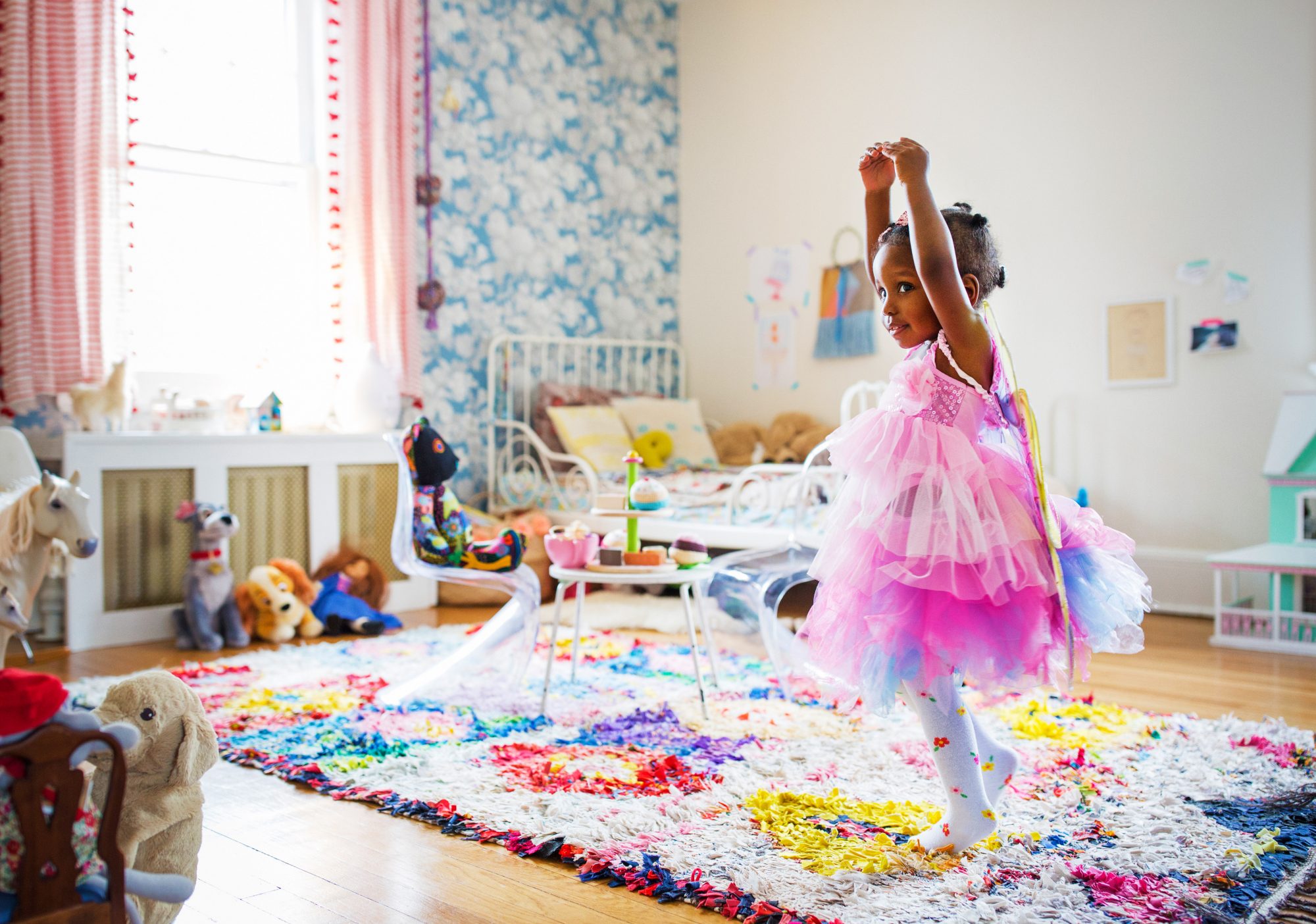Developing children need a lot of movement. We all intuitively know that, although it can be hard to do these days, especially in the midst of the pandemic. But let’s stick with our intuition here—kids need to move their bodies wherever that might be. It's an important part of their development both physically and mentally.
Now, pay attention—both adults and kids need to move in all sorts of ways at many different intervals throughout the day, something I call "movement snacks."
You can think of it like this: The physical benefits, including motor coordination, created by movement are very similar to the effects created by eating three square meals (and maybe a snack or two). Your child’s muscles, ligaments, tendons, neuromuscular connections, and so on, respond specifically to all of the varied stimuli created by different types of movement.
And similar to not simply giving your child one big meal per day, which would probably leave them grumpy, trying to give them all of their movement in one big recess or PE class per day is typically going to have them first exhausted and then rambunctious.
There are also little things called mechanoreceptors in all of their little developing bones that can only feel certain styles of movement. And based on those styles of movement, there are important chemical changes created by the different angles and bone positions a child uses.
To help children build coordination, these seven types of movement are critical and should be done in those movement snacks (and, of course, with safety measures).

Structured or Unstructured Play
Playing tag, jumping rope, throwing and catching a ball, and anything that involves moving their bodies (and having fun doing it) is on the table here.
Hanging from the Upper Body
Yep, using monkey bars or even swinging from a tree limb are all part and parcel of building strength and coordination.
Hanging from the Lower Body
The same applies to doing those upper-body things upside-down! Dangling with the knees draped over a (sturdy) tree branch or playground bars, however precarious it looks, is good for building coordination and balance.
Swinging through Space
Think traveling rings or anything that lets a kid perform a swinging motion, like going hand-over-hand from one end of the monkey bars to the other.
Crawling and Running
Don’t forget about locomotion. Everything from crawling through playground tunnels (or crawling on the floor to fetch that cat toy that went under the couch) to running around the backyard is excellent for your kiddo's coordination and fitness.
Falling Down
Believe it or not, falling down (and getting back up again) contributes to building strength and coordination. It does wonders for the development of proprioception, our innate awareness of where our bodies are in space.
Proprioceptive input comes in through your muscles and joints, where the brain then takes this information and processes how your body needs to move in order to complete a task. The more often a movement (or series of movements) is repeated, the better sense of proprioception the brain develops, and thus, coordination is improved.
Walking
I am going to come right out and say it—walking more is not optional; it's a must. And that goes for you as well as your kids.
Yes, kids need to partake in all those activities I mentioned above. But when was the last time you went out for a walk with a child when they didn’t end up tumbling, running, swinging, and yes, even tripping and falling?
So, my suggestion is before you purchase a bunch of expensive toys or enroll your child in time-consuming lessons, simply get out and walk with them. And use that time as a launching pad to encourage both you and your child to move more of your body more often, and in more interesting ways.
Brock Armstrong is the host of the Get-Fit Guy podcast. He's a certified AFLCA Group Fitness Leader with a designation in Portable Equipment, NCCP and CAC Triathlon Coach, and a TnT certified run coach. He is also on the board of advisors for the Primal Health Coach Institute and a guest faculty member of the Human Potential Institute.













